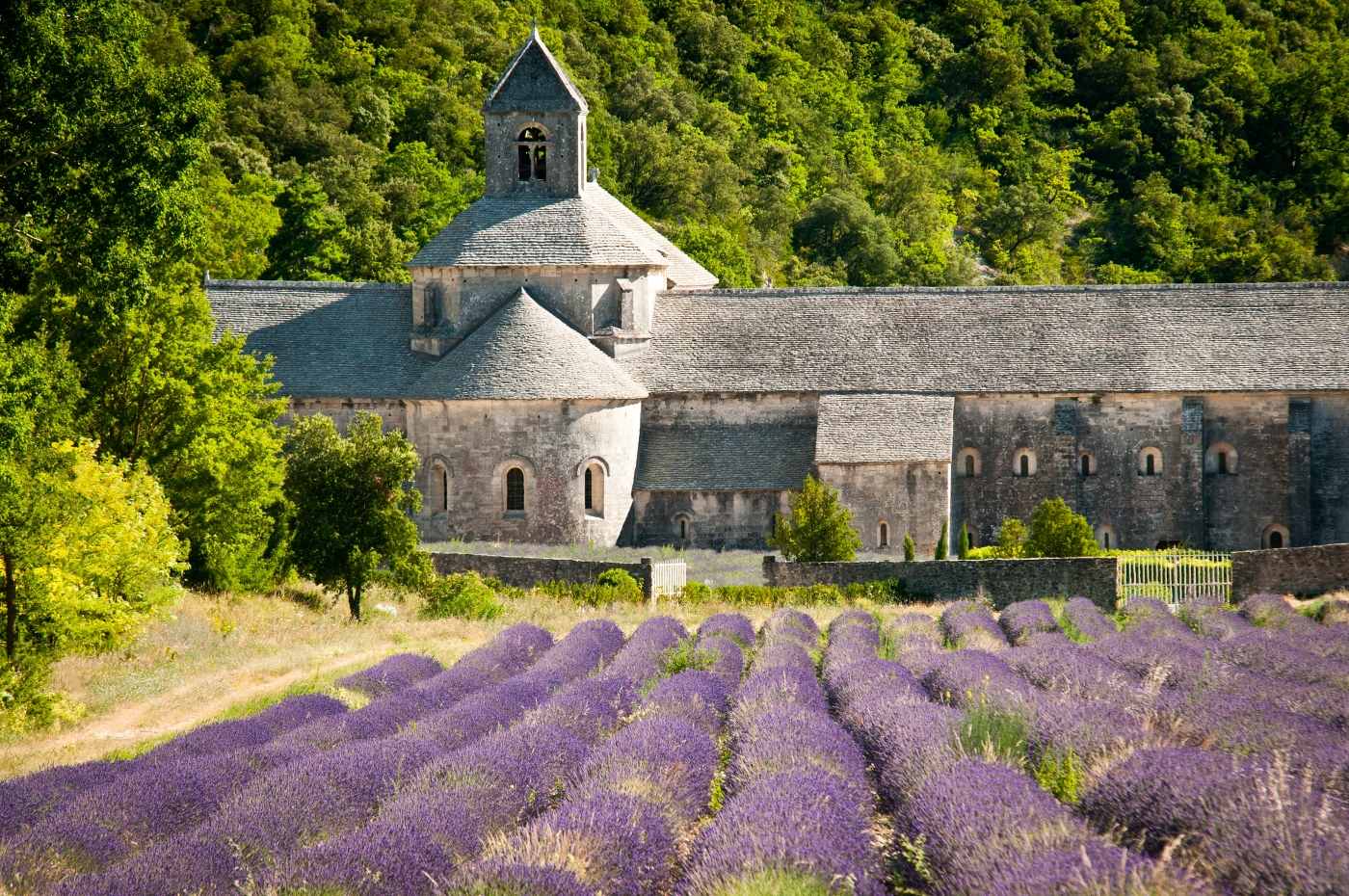Provence – lavender fields in front of the camera lens
Apr 04, 2018, in Travel tipsIt may be irrelevant to ask what occurs to you, when you hear "Provence". Most people (I intentionally don't say "all", because I could make a mistake from the statistical point of view) definitely connect this locality with lavender or rather with lavender fields.
Impressive purple fields were one of the main reasons, why we set out to France. I wrote down some reflections and suggestions and I hope that some of this may be helpful.
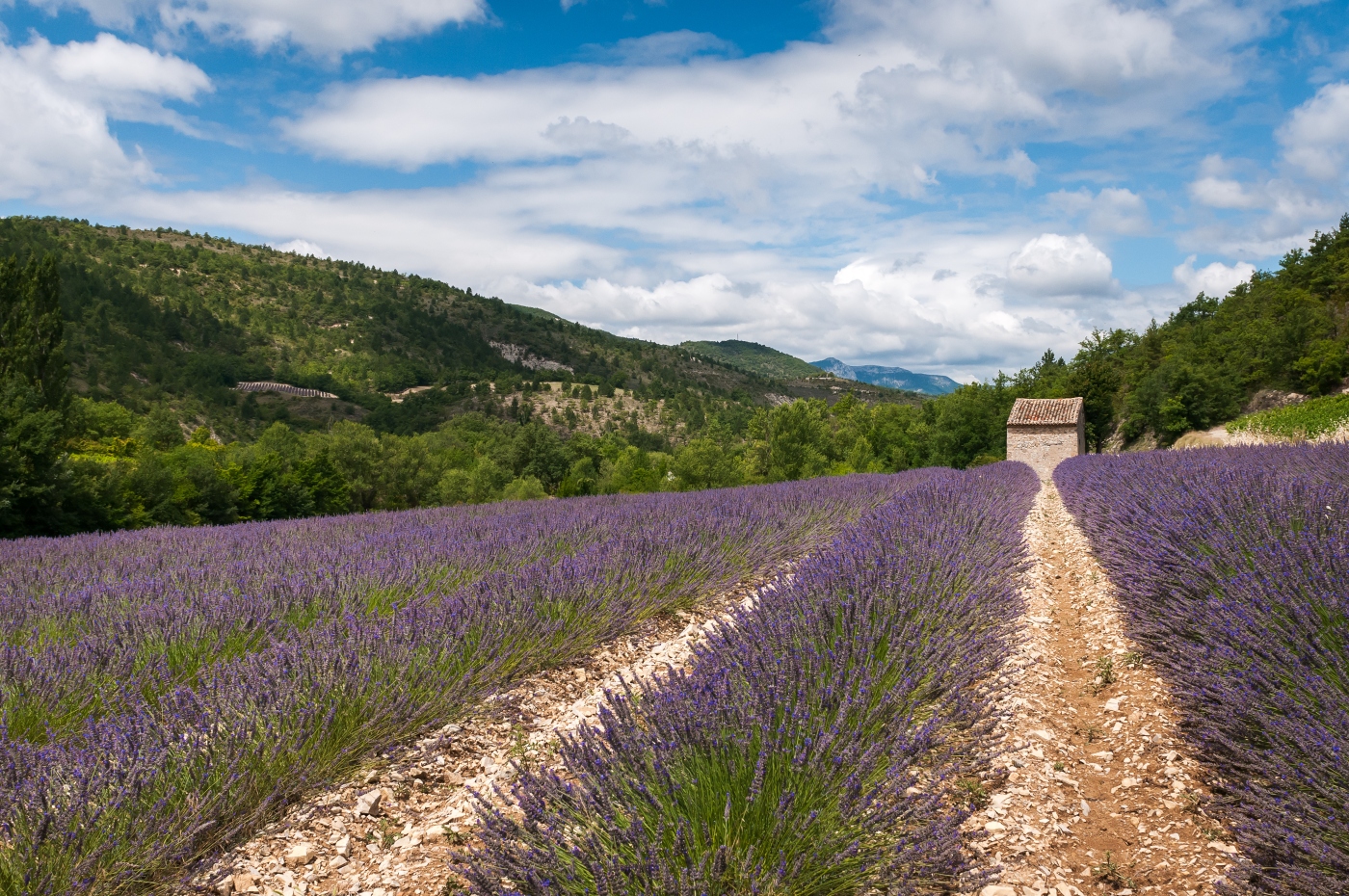 One of the smaller lavender fields in the south of Sault. The photography is rather more descriptive, the wider angle "bared" the green lavender stalks and even the high midday sun isn´t just playing into the hands of photographic arts.
One of the smaller lavender fields in the south of Sault. The photography is rather more descriptive, the wider angle "bared" the green lavender stalks and even the high midday sun isn´t just playing into the hands of photographic arts.
What is the Provence?
I certainly don't want to make a resume of a geographical lesson for the eighth grade of an elementary school I only want to outline, that the Provence is an area in the south eastern part
of France.
I'll prefer referring those of you, who are keen on learning more, to Wikipedia.
Where to find lavender?
Well, where? You could certainly say that lavender is found on any corner. Nevertheless on many corners lavender can be found only as bouquets within souvenir shops ;-)
The town of Sault (on the map here) is considered to be the heartland of the lavender area, but extensive fields can be found tens of kilometres to the north or to the east from here. I found a map of the lavender fields within this area on the internet and I have attached it in a form of a picture (the link to the source quoted below). The map isn't quite accurate and I am sure another one connected with Google maps would be better, but this one is enough to get an approximate idea in order to plan your trail.
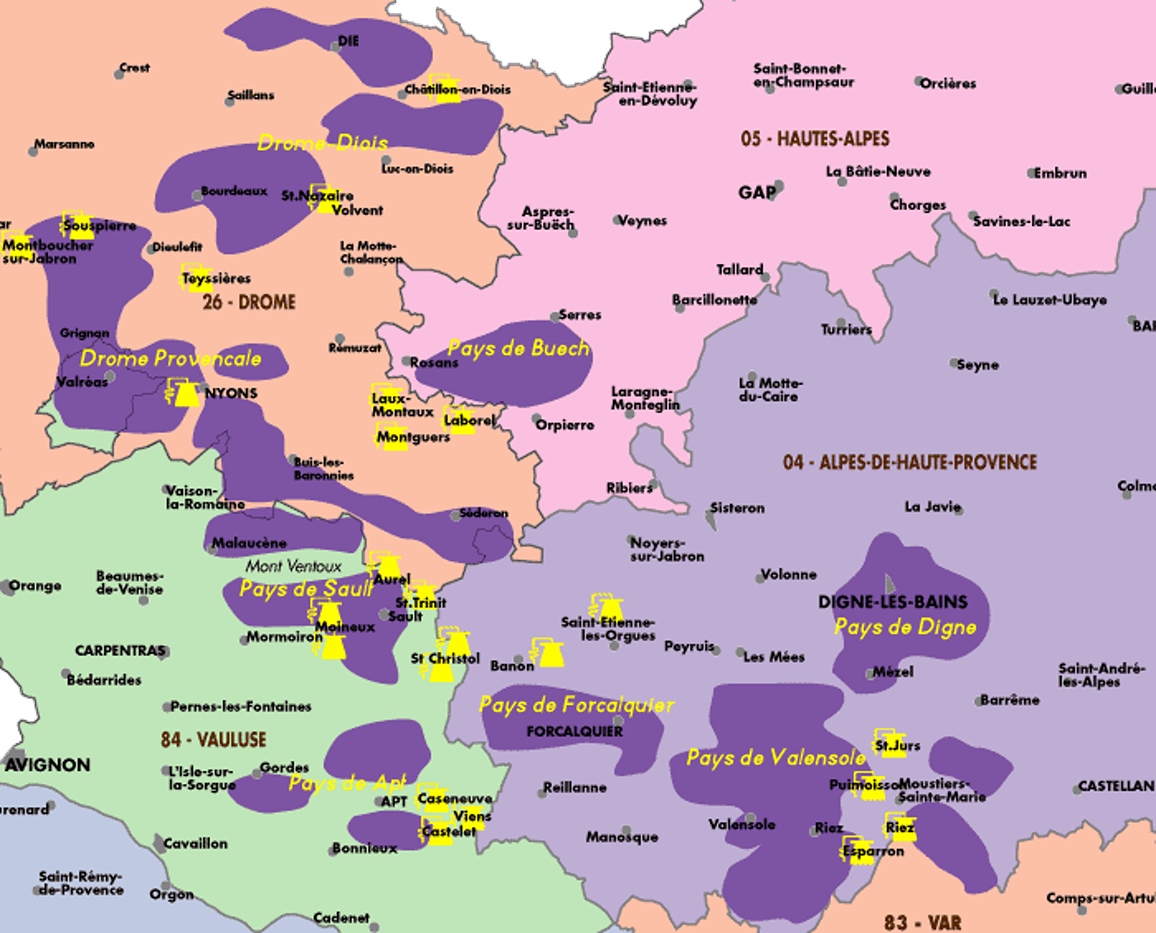 The map with marked areas where lavender is grown.
The map with marked areas where lavender is grown.
Source: Beyond.fr (you can also find here some more detailed maps with marked lavender distilleries)
Lavender and us
We discovered the first lavender in a small pass Col des Tourettes, a little way behind Serres. It grew widely in clusters, smelt wonderful flown around by butterflies – especially by silver-spotted skippers and six-spot burnets. Thousands of great green bush-crickets were jumping on them and we were so excited jumping among them as if this was the last lavender in our lives. Of course it wasn't.
Now and then it really was everywhere around us and we couldn't get enough of it. We wished we had a piece of lavender field on our balcony!
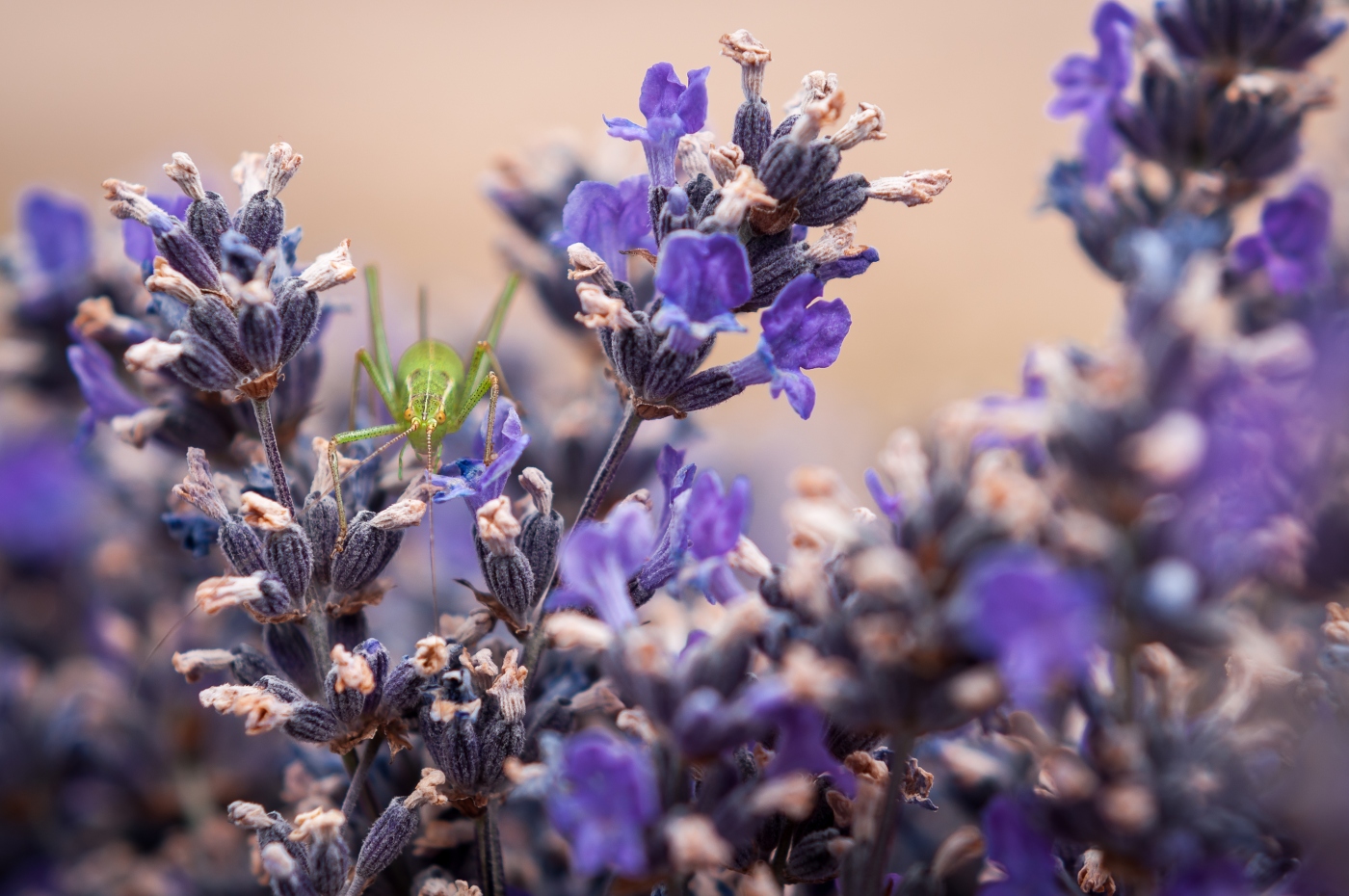 The great green bush-cricket Hop made a nice colour contrast in the violet lavender.
The great green bush-cricket Hop made a nice colour contrast in the violet lavender.
Photography of a lavender field
Now I am approaching the heart of the matter, the reason why I decided to write this article. Well, those of you, who know me, must understand without reading the headline, that the only way how to deal with lavender fields is that of a photographic point of view.
Although photographing an endless lavender field seems to be easy, it's not exactly that way at all. I'd like to outline some basic principles which are useful to be kept to get an ideal capture of a landscape with lavender fields.
- Locality: It is a little bit hard nut to crack to find a locality, where you could take a really interesting photograph. According to the headline of this article you may have been expecting, that I will pour some photographs with geographic coordinates into the text saying: "Go there!" Picture postcards sold at souvenir stands show old stony houses in the middle of lavender fields, but you find out in the landscape, that there aren't many houses like this at all.
We didn't find any ideal location during our one week search, nevertheless we managed to explore only a relatively small area. The fields in the east from Valensole are larger and the captures of them give a better impression. We got there as late as at the absolute end of July when the lavender was mostly harvested. If you find some interesting places on your journeys, I'll be delighted if you share them with me e.g. on Facebook. - Direction of taking pictures: Logically the best is to phoyohgraph in the direction of the lavender "lines", which makes the line-like structure of the field in the photograph more apparent. If you shoot at right angles to the lavender lines, you will get only an indeterminate violet mass of field in the foreground. I don't claim, it is always wrong, but distinguishable lines are more suitable for most landscape shots.
- The age of the field: A new field is often sparser and even if you photograph it with a telephoto lens it is difficult to get deep violet colour. The stalks prevail the flowers.
- Maintainability: You may sometime happen to find a field with an ideal direction, but there
is a lot of weeds in the lavender and the picture doesn't look arranged as a whole. If you don't want to lose hours retouching, it is better to look for a well cultivated field, without any overgrown weeds. - The focus used: It happened to me several times during taking pictures, that I excitedly ran directly into a deep violet field full of lavender (without any weeds of course), attached my favourite wide angle lens, took a few snaps and found out, that it simply was not it. It was the same as with every other mass making element repeating itself (may it be a forest full of snowdrops or a field with lavender). The nearer you come (it means the wider angle you use), the more "inside" you can look and you can see for example the stalks, which certainly breaks the colour compactness of the repeating element. An ideal solution is to use the middle or longer focal length, the disadvantage of which may be a longer distance from the captured object. This is sometimes difficult to solve when you take into consideration the area of the lavender fields.
- Distance from the locality: All that mentioned above has something to do with the fact, that the longer focal length you want to use, the further you must be to get similar scenery into the shot. It seems to be easy, but to take a good snap you will walk a lot and when using the chosen focus many snaps may be bad also because of the undulating terrain.
- Date of your journey to the Provence: An appropriate date certainly is one of the key conditions for photographing lavender fields. You either shouldn't come too soon, when the fields aren't fully blooming or too late, when they are harvested. The problem is, that it isn't easy to decide on an "ideal date". It doesn't depend only on the season (dry/wetter, warm/colder…..), but also on the field itself (its altitude and its orientation towards cardinal points) and on other conditions. The latter part of July is basically thought to be ideal. In warm years lavender already may be harvested in some areas, but the most fields should be blooming in an ideal way. The best would be to have some relatives or friends who would let you know in time or to find some well-placed webcams.
- Weather and light direction: Here of course all the other photographic principles can be applied. In rainy or cloudy weather most landscape photographs look bland so it is ideal to choose warm morning or evening light. However, I won't make this a handbook for photographic beginners ;-)
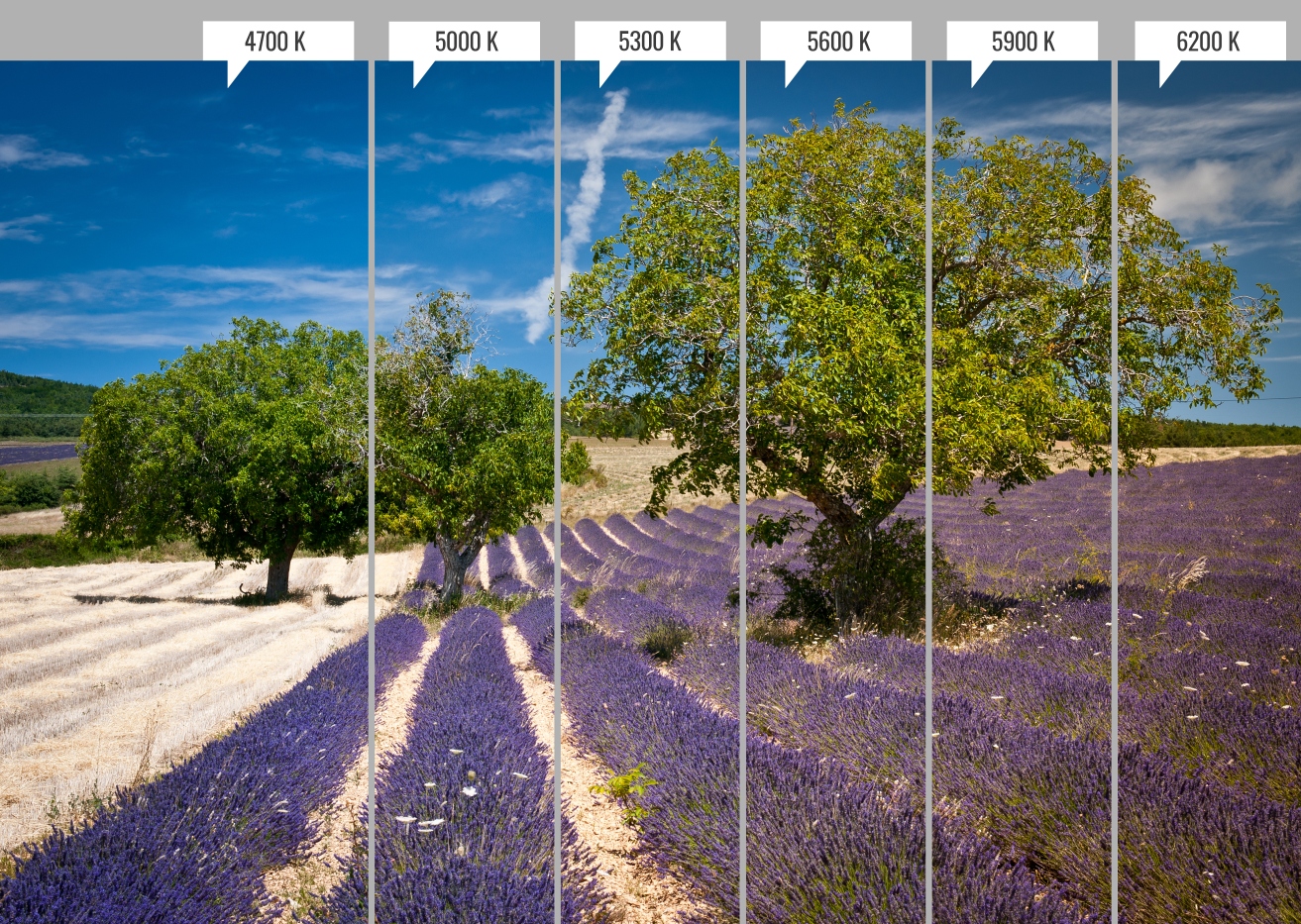 Influence of the white balance on the lavender field. In my opinion lavender violet is very sensitive to the white balance shift, compared to green or blue, where I personally can´t see such noticeable changes.
Influence of the white balance on the lavender field. In my opinion lavender violet is very sensitive to the white balance shift, compared to green or blue, where I personally can´t see such noticeable changes.
Travel tips – low cost accommodation
We had the most information only from the internet. We underestimated a little bit the comments about the overcrowded camping sites, because we thought that we just always must find a place there. In fact most camping sites really are filled to capacity during the main season.
We had a good experience with a camping site about 2km to the north east from Sault (on the
map here). Its official name is Camp Municipal Du Defends **. It is quite large and you may
always find a place there. However, don't suppose to choose one yourself. The receptionist
(the young lady spoke English quite well, which isn't a rule in France) will show you to your
place and don't dare to move to a nicer one next day!
We discovered another camping site, which could be a little bit more vacant even in summer
near the village Murs to the north of the wonderful Gordes. Its name is Les Chalottes **, it's
quite plain, but nice, quiet and very cheap (state in 2011). It takes a little bit longer to get
there, you may even not believe to find it in the middle of the woods. It is approximately here
on the map.
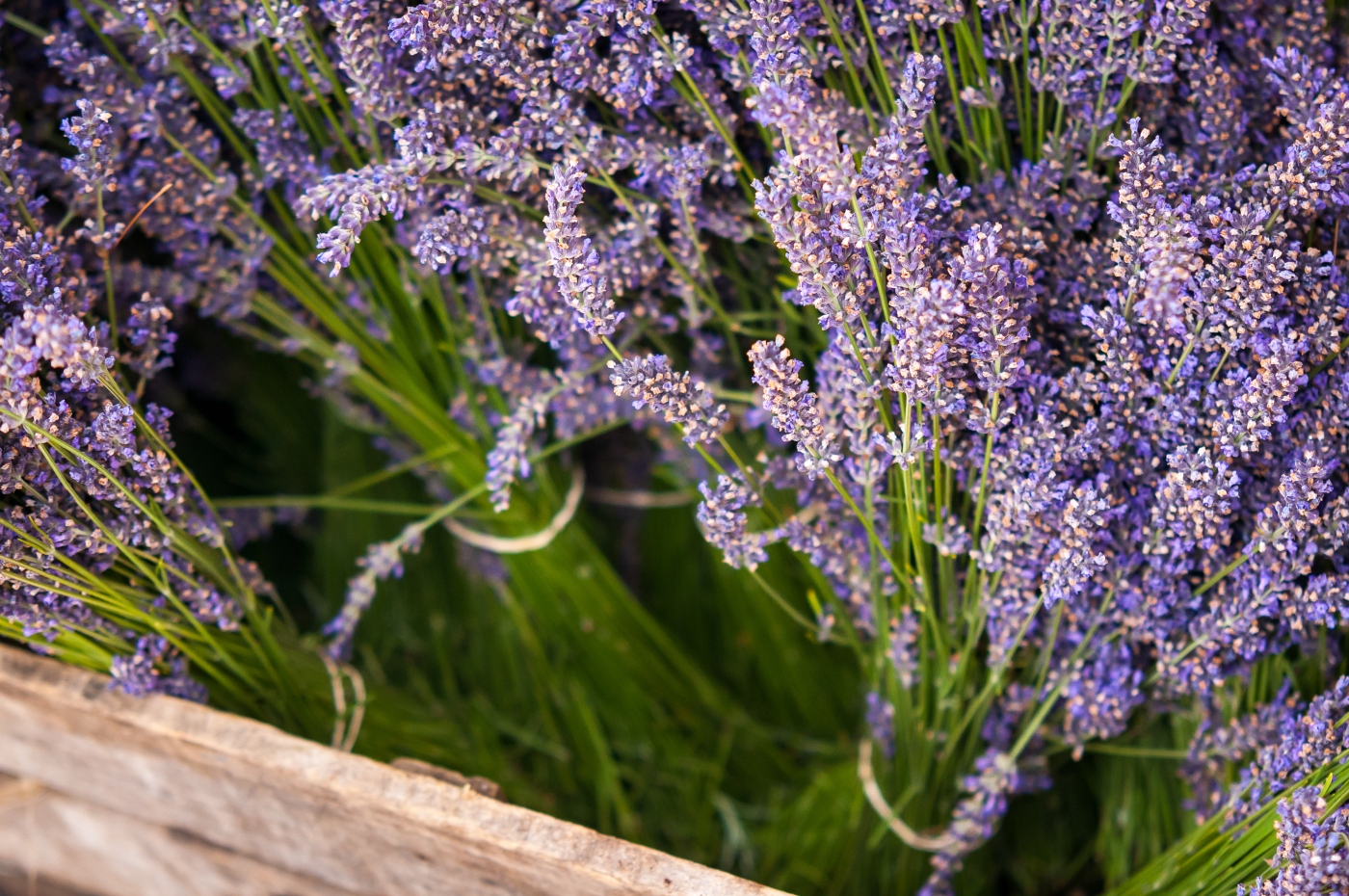 Bunches of lavender as souvenirs.
Bunches of lavender as souvenirs.
To conclude
What a "clever" idea should I add in the end? I suppose this could be sufficient for this once ;-)
I hope my comments will be helpful for some of you when setting out for the beauties of the
Provence.
